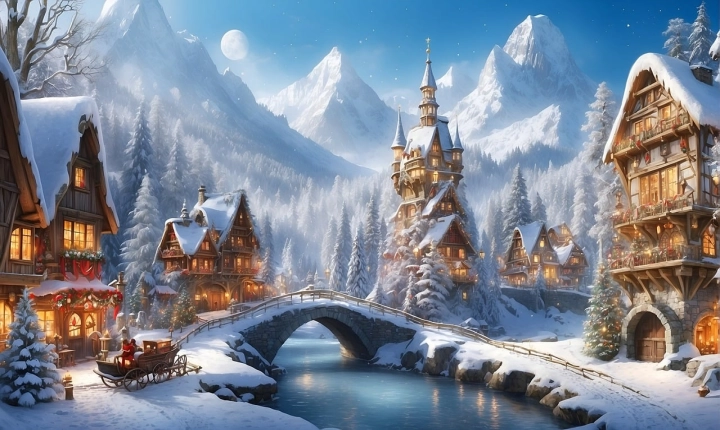Artificial intelligence (AI) has completely revolutionized the way we interact with technology and it has become an indispensable tool for a wide range of applications. One of the fascinating ways AI has impacted our lives is through the creation of AI-generated photos. These photos are not taken by a human photographer but are instead generated by an AI system. Creating an AI photo involves a combination of advanced algorithms, deep learning, and sophisticated modeling techniques. In this article, we will explore the process of creating an AI photo and the tools and technologies involved.
1. Understanding Generative Adversarial Networks (GANs):
Generative Adversarial Networks, or GANs, are a class of AI algorithms used in the creation of AI-generated photos. GANs consist of two neural networks – a generator and a discriminator – that work in tandem to create realistic images. The generator network creates synthetic images, while the discriminator network evaluates these images and provides feedback to the generator. Through this iterative process, GANs learn to generate increasingly realistic and high-quality images.
2. Data Collection and Preprocessing:
To create an AI photo, a large dataset of high-quality images is required. This dataset serves as the training data for the GAN model. The images should cover a wide variety of subjects, scenes, and lighting conditions to ensure the model learns to generate diverse and realistic images. Once the dataset is collected, preprocessing steps such as normalization, resizing, and augmentation are performed to prepare the data for training.
3. Training the GAN Model:
Training a GAN model involves feeding the dataset into the generator and discriminator networks and iteratively improving their performance. The model learns to generate images by adjusting its parameters based on the feedback received from the discriminator. This process requires immense computational power and can take a significant amount of time to converge to high-quality results.
4. Generating High-Quality Images:
Once the GAN model is trained, it can be used to generate high-quality AI photos. By providing random input to the generator network, the model can produce unique and realistic images that closely resemble actual photographs. The generated images can be further refined and enhanced using post-processing techniques to improve their visual appeal.
5. Tools and Technologies:
Several libraries and frameworks such as TensorFlow, PyTorch, and Keras provide robust support for training GAN models and generating AI photos. These platforms offer a wide range of pre-trained models, as well as the flexibility to customize and fine-tune the models according to specific requirements.
6. Ethical and Legal Considerations:
While creating AI-generated photos can be an exciting endeavor, it’s important to consider the ethical and legal implications associated with the use of AI-generated content. Care should be taken to ensure that the generated images are not used in a misleading or deceptive manner, and proper attribution and licensing should be observed when using AI-generated photos for commercial purposes.
Creating AI photos is a complex and resource-intensive process that requires a deep understanding of machine learning, computer vision, and image processing techniques. However, with the advancements in AI technology and the availability of powerful tools and resources, it is now more accessible for researchers, artists, and developers to explore the fascinating world of AI-generated imagery. The ability of AI to generate realistic and visually compelling images continues to push the boundaries of creativity and innovation, opening up new possibilities for artistic expression, design, and visual storytelling.
